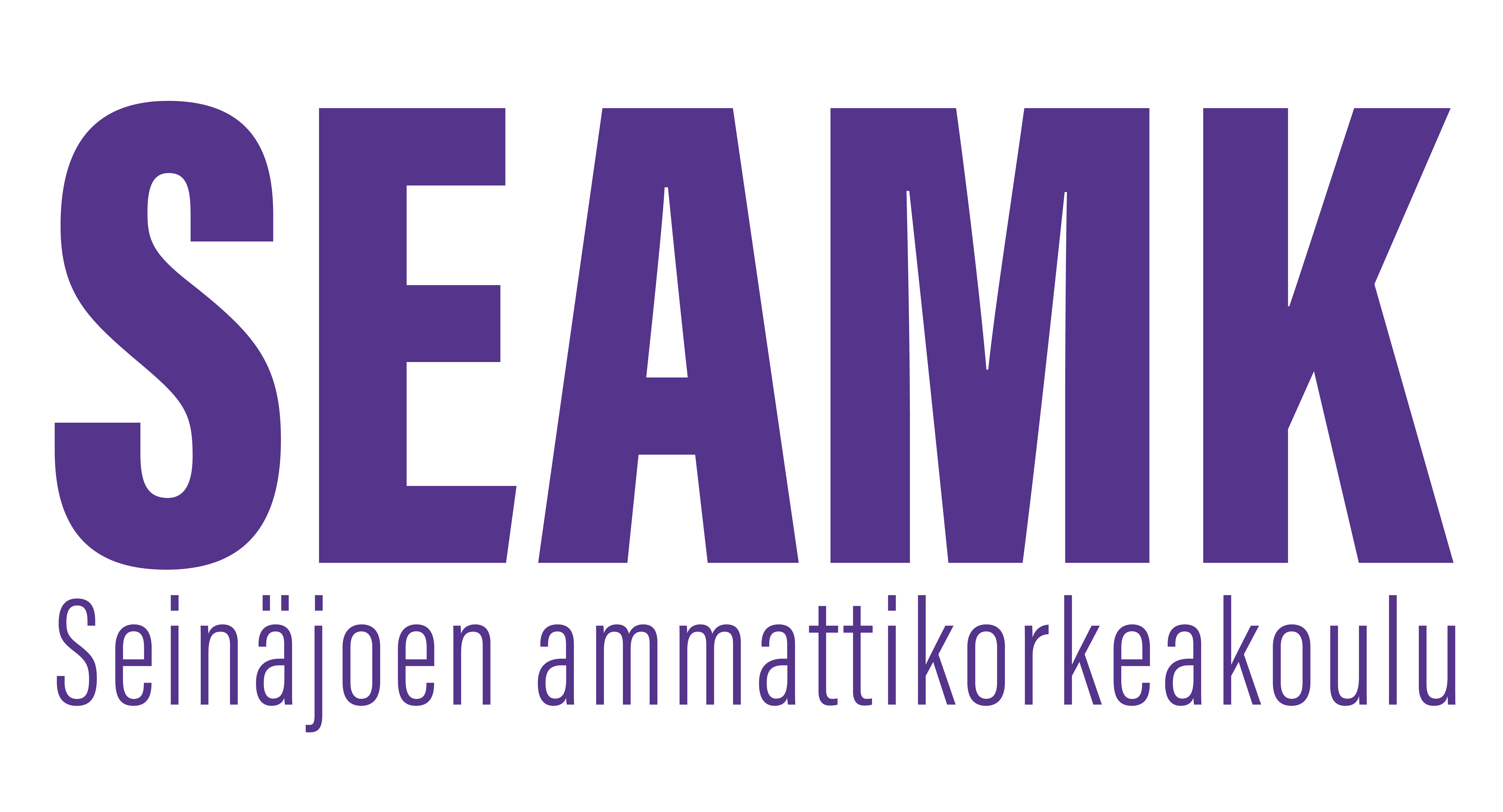Circular Economy and New Business (5op)
Toteutuksen tunnus: 5E00CG65-3007
Toteutuksen perustiedot
- Ilmoittautumisaika
- 11.11.2024 - 15.01.2025
- Ilmoittautuminen toteutukselle on päättynyt.
- Ajoitus
- 10.01.2025 - 31.05.2025
- Toteutus on päättynyt.
- Opintopistemäärä
- 5 op
- Lähiosuus
- 2 op
- Virtuaaliosuus
- 3 op
- Toteutustapa
- Monimuoto-opetus
- Yksikkö
- SeAMK Master School
- Toimipiste
- SeAMK Seinäjoki, Frami
- Opetuskielet
- suomi
- Koulutus
- Master of Business Administration, International Business Management
- Agrologi (ylempi AMK), Ruokaketjun kehittäminen
- Opettajat
- Dario Liberona
- Ajoitusryhmät
- Avoin AMK (Ei koske tutkinto-opiskelijaa) (Koko: 10 . Avoin AMK : 10.)
- Ryhmät
-
IBM24Masters Degree Programme in International Business Management
-
YRKK24AAgrologi (ylempi AMK), Ruokaketjun kehittäminen
- Pienryhmät
- Avoin AMK (Ei koske tutkinto-opiskelijaa)
- Opintojakso
- 5E00CG65
Arviointiasteikko
1-5
Sisällön jaksotus
The contents in general
The sustainability problem,
What is sustainability and Circular Economy
Circular Economy Strategies
Sustainable three layer Business Models
Personal contribution to Circularity and Sustainability
Tavoitteet
Students recognize how to reduce the consumption of natural resources in business by supporting the economic growth and well-being of society. Students recognize different business models of circular economy. The student is able to analyze and evaluate the possibilities of implementing different business models and their suitability for the company. The student is able to analyze and evaluate the possibilities and significance of different alternative business models for the success of the company in the future. The student recognizes and utilizes various tools in designing circular economy business models. After completing the course, the student is able to develop a business model based on the circular economy for the company.
Sisältö
Introduction to the circular economy
Resource efficiency and recycling
Lifetime extension
Product as a service
Platform economy
Renewability
Oppimateriaalit
An OECD report on sustainable development
https://www.oecd.org/content/dam/oecd/en/publications/reports/2008/12/sustainable-development_g1gh9be9/9789264055742-en.pdf
an OECD report on
Circular Economy in Cities and Regions
https://www.oecd.org/content/dam/oecd/en/publications/reports/2020/10/the-circular-economy-in-cities-and-regions_dd1348ed/10ac6ae4-en.pdf
Opetusmenetelmät
The class uses:
Case Analysis
Reading Material
Develop a Circular Economy Plan
The contents in general
The sustainability problem,
What is sustainability and Circular Economy
Circular Economy Strategies
Sustainable three layer Business Models
Personal contribution to Circularity and Sustainability
Arviointikriteerit, tyydyttävä (1)
Student has shown ability to comprehend the basic concepts of the course: Student has been able to use the basic concepts of the course in practical business cases.
Arviointikriteerit, hyvä (3)
Student has shown in the course ability to comprehend the concepts of the course and apply the concepts in practical business cases. Student has been able to develop solutions for the case company in the assignment of the course.
Arviointikriteerit, kiitettävä (5)
The student has carried out work to an excellent standard. Student has shown in the course ability to comprehend the concepts of the course and apply the concepts in practical business cases. Student has been able to develop creative solutions in the assignment of the course.
